Iran residents try to change preconceptions of life in Middle Eastern state
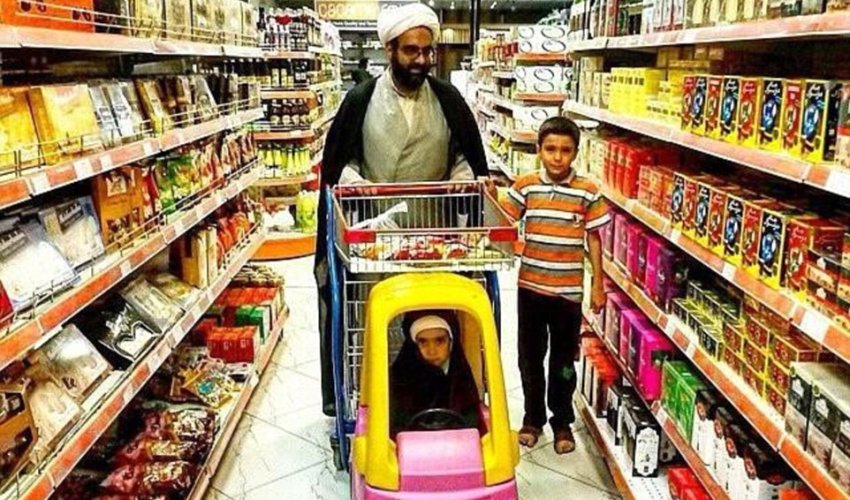
Think of Iran, and images of oppression and executions, a downcast people and rugged mountains or dry deserts immediately spring to mind.
But a group of passionate Iranians have captured stunning images of their day-to-day lives - with some truly eye-opening insights into a country which people in the West associate with a religious dictatorship, watching their every move with an iron rod held aloft and ready to strike at any infraction.
Indeed, even Ali Kaveh, one of the founders of EverydayIran, claims he has found himself surprised at the pictures emerging from his home country.
A picture of two smiling babies being covered in rose petals as part of custom called 'Gol Qaltan', to mark the children's first spring, was an entirely new idea.
'That's one of the pictures that surprised me,' admitted Kaveh. 'It was very very interesting - I didn't know these kind of customs happened in Iran.'
The 26-year-old and two friends were inspired to start the project after seeing EverydayAfrica, which saw photographers from around the continent uploading snapshots of their day.
But they decided they could narrow the area, and focus just on Iran - a country which has become synonymous with the revolution of 1979, the threat of nuclear war and women covered head to toe in the black 'chador'.
Headlines around the world focus on the continuing hostilities with Israel. Just last week, Ayatollah Ali Khamenei apparently published a 416-page guide to destroying the Jewish state - and its tensions with America following the 1979 hostage crisis, which saw 52 Americans being held in the embassy for 444 days.
The country's human rights record and social freedoms also come under the spotlight on a frequent basis. Facebook, YouTube and Twitter are all banned by the country's strict Islamic leader. Instagram is one of the only social media platforms which is available.
But there are 77million people living in Iran, who embrace the country's proud Persian roots, and traditions - which have always made them stand apart from their Middle Eastern neighbours.
And EverydayIran has provided an outlet for them to share what it is really like to live in a country which, until 1979, was embracing westernisation - albeit under a shah who repressed an opposition.
'EverydayIran was the fourth or fifth Everyday project,' explained Kaveh, himself a freelance photographer. 'Our goal was to show images of Iran to the world, and try to challenge or fight the stereotypes against our country in the mainstream media.'
Indeed, a little research revealed to Kaveh and his friends exactly how they were viewed in the wider world.
'When we asked what do you think of when you hear the word Iran to 2,000 students in the U.S.,' he said. 'All these kids had a bad image of Iran: hanging, hard-line Muslims, protests....
'These are the stereotypes for more than 30 or 40 years.'
The pictures shared on EverydayIran feature a little of this: the odd picture of women wearing the black chador, making their way across courtyards in front of soaring mosques, clerics chatting amongst themselves, people at prayer.
But then there are the women learning how to weld in a workshop at university, the father - a cleric - pushing his smiling daughter in a brightly-coloured toy car through a supermarket, and the young people sitting in front of a graffiti'd wall in capital Tehran, all jeans and colourful headscarves.
In fact, Iran - military threats aside - is relatively liberal when compared to neighbours like Saudi Arabia, which doesn't allow music in public places, and demands women wear an abaya - the long cloak - while authorities in Tehran simply require modesty, and even allow jeans.
Because of the open policy on allowing everyone and anyone to contribute, the account gives a glimpse of a cross section of society - from the man building a boat on the shore, to the band playing a song in the middle of a shopping mall and the child celebrating his third birthday in the garden.
'We invite everybody who lives or works in Iran to send daily life photos with the hashtag "everyday Iran". Then, as a curator, we look into these and choose some of them for the project.'
It means on certain days, the account is inundated with snaps - like the day the nuclear deal was signed.
In the end, they settled on a picture of a young woman and a little boy, waving pictures and balloons as they celebrate the end of 12 years of sanctions.
For Kaveh, it was a big day, and picking the perfect picture was of huge importance.
'I think the sanctions are like a disease to our country,' he said. 'When we get rid of it, we are as happy to be cured as a healthy person who survives a bad disease.'
That picture alone had 3,283 'likes' on the photo-sharing service - perhaps unsurprising when the account has 76,100 followers from all around the world, commenting and interacting.
The account has also created a community closer to home - not least, in Kaveh's own neighbourhood.
'A lot of neighbours have come out to talk to me since we started this project, and I do not actually know these neighbours, or don't know them very well.
'That is kind of surprising for me.'
But Kaveh also believes it puts an end to the traditional form of travel journalism, where a photographer spend a week travelling a country, and giving an outsiders view on what is, or isn't, interesting.
EverydayIran, he argues, shows every side of his country - from the coast to the city, the mountains to the jungle.
'You can go and look at the real photos of Iran - more than 15,000 people send their pictures to us through the hashtag,' he points out.
(dailymail.co.uk)




















www.ann.az
Similar news
Similar news

























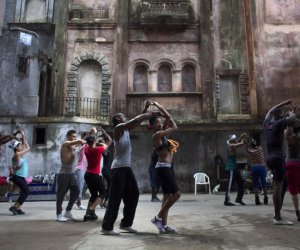


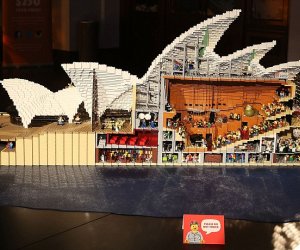


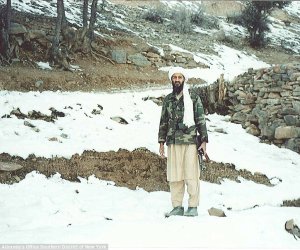
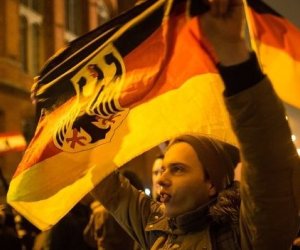



 Photo
Photo 



 Video
Video 

